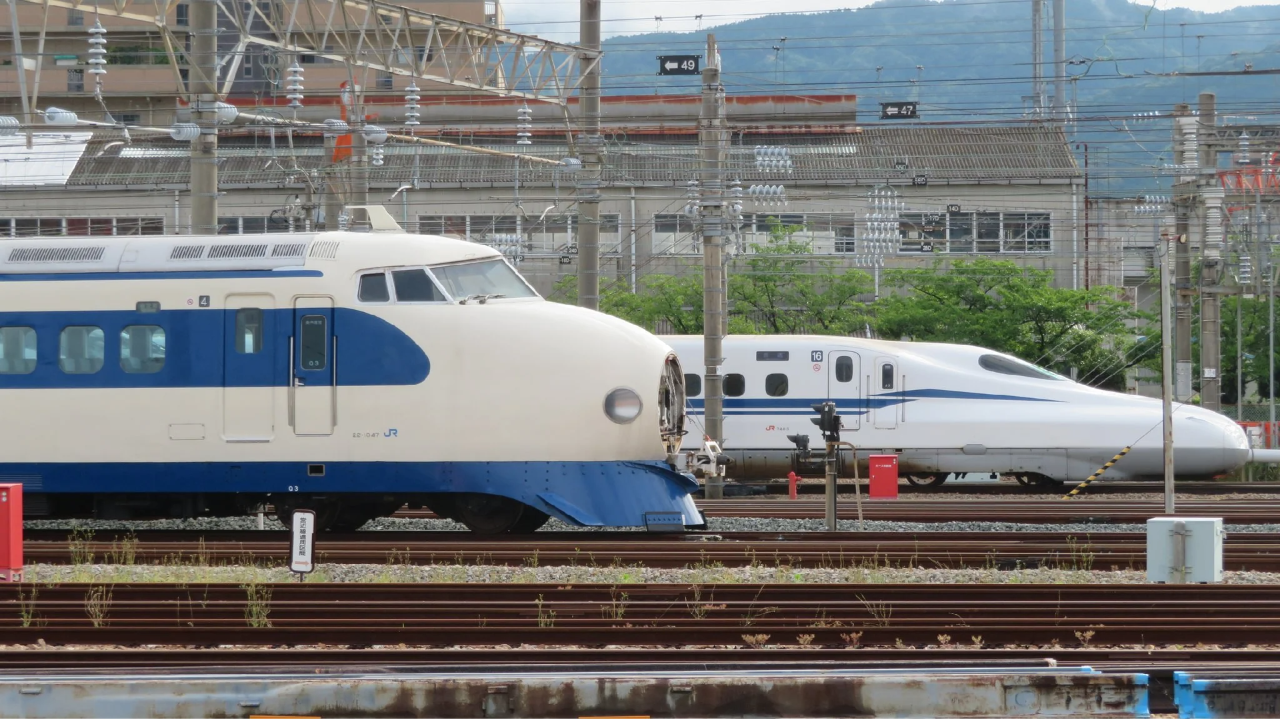The Shinkansen, popularly known as the "bullet train," is more than just a mode of transportation; it is a symbol of Japan’s pioneering spirit in technology, design, and efficiency. Since its inception in the 1960s, the Shinkansen has transformed how people travel across the archipelago, connecting cities and fostering economic growth. In this blog post, we will explore the journey of the Shinkansen from its conception to its modern-day operations, illuminating the technological marvels and cultural significance behind this iconic train system.
The Beginning: A Vision Takes Shape
The concept of the Shinkansen emerged during the post-war era when Japan sought to revitalize its economy. The country faced the challenge of accommodating a growing population and increasing demand for rapid transportation. A series of ambitious ideas led to the blueprint for a new high-speed railway, aiming to revolutionize not only Japanese travel but also the way countries thought about mass transit.

On October 1, 1964, just in time for the Tokyo Olympics, the first Shinkansen line, known as the Tōkaidō Shinkansen, officially began operations. Spanning 515 kilometers (320 miles) between Tokyo and Osaka, this line drastically reduced travel time, allowing passengers to traverse the distance in approximately four hours, a feat previously unheard of in Japan.

Breakthrough Technology and Design
Shinkansen trains were equipped with cutting-edge technology, featuring aerodynamically designed nose cones that reduced air resistance and noise pollution. The trains could reach speeds of up to 210 km/h (130 mph) at that time but were designed for even faster speeds in the future. Ongoing innovations led to speeds exceeding 300 km/h (186 mph) on later models, such as the N700 series.

The Shinkansen quickly became an integral part of Japanese life, representing convenience, safety, and punctuality. It also played a crucial role in promoting tourism and regional development, as cities that were once distant became easily accessible. The Shinkansen's impact on Japan’s culture and economy is immeasurable, as it encouraged business travel and allowed families to connect more frequently.

Challenges and Resilience
While the Shinkansen became a symbol of technological excellence, it also faced challenges. Earthquakes and natural disasters posed significant threats. However, Japan’s dedication to safety led to the implementation of advanced earthquake protection measures, ensuring that the trains remained safe and operational even during crises.

As demand for high-speed rail continued to grow, the Shinkansen expanded to cover more regions. Today, multiple lines stretch across the country, including the Hokkaido Shinkansen and the Kyushu Shinkansen. The system has also inspired high-speed rail projects around the world, from France’s TGV to China’s extensive high-speed network.
The Future of Shinkansen
Looking ahead, the Shinkansen is poised to evolve further. Concepts such as the maglev train promise to redefine speed and efficiency. With the introduction of trains that can exceed speeds of 600 km/h (373 mph), Japan remains committed to maintaining its status as a leader in high-speed rail technology.



The history of the Shinkansen is a testament to human ingenuity and a reflection of Japan’s commitment to progress. As the world looks on, the Shinkansen continues to inspire with its remarkable blend of technology and tradition, ensuring it remains a vital part of Japan's identity.














